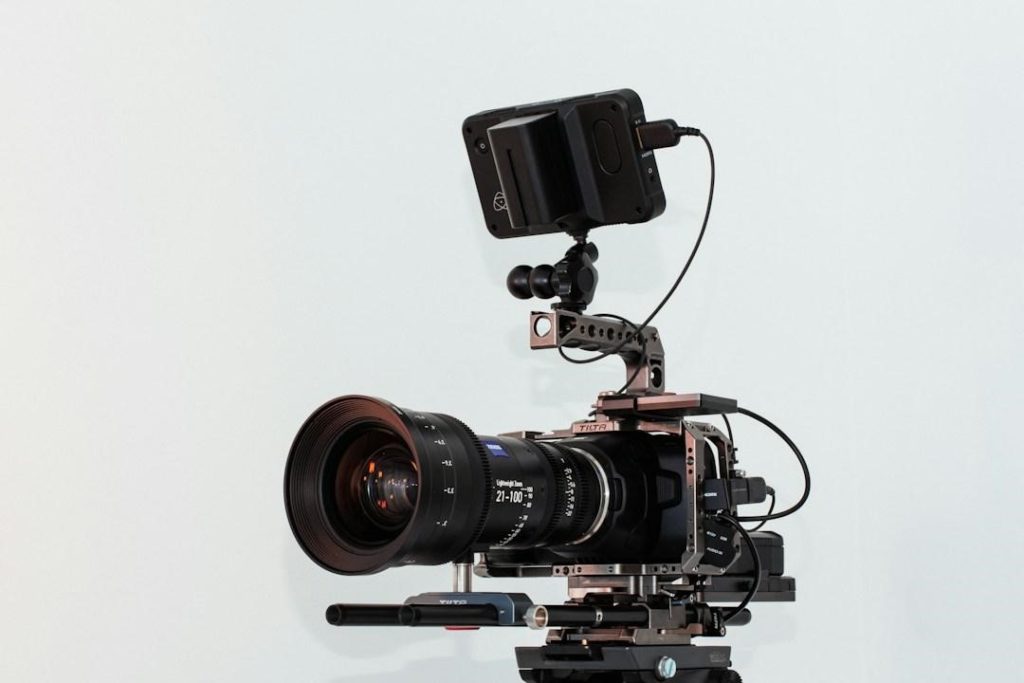Equipment loan agreements are a key part of the business landscape, providing the necessary capital for businesses to purchase and maintain the equipment they require to run their operations smoothly. But with a range of different agreement types available, it’s important for both businesses and lenders to have a clear understanding of the advantages and disadvantages of each. Each type comes with unique characteristics and implications, from traditional agreements to modern financing practices. Keep reading to get a deep dive into understanding these different types of equipment loan agreements.
An Inside Look Into Equipment Loan Agreements
An equipment loan agreement is a contract between a lender and a borrower, where the lender provides money to the borrower for purchasing equipment. The equipment serves as collateral, which the lender can claim if the borrower defaults on their loan.
This agreement is typically used by businesses that require expensive, heavy machinery or other type of bulk equipment to carry out their operations. For such high-ticket items, outright purchasing might not be feasible for every company.
The beauty of equipment loan agreements is that they allow businesses to get the equipment they need without incurring a large upfront expense. It grants them the tool to gradually pay off the cost of their equipment while they use it to generate revenue.
However, it’s important to note that the terms and conditions of each agreement can vary. Some might require the borrower to start making payments immediately, while others may involve a period of deferment.
Traditional Equipment Loan Agreements Explained
Traditional equipment loan agreements date back several decades, providing a time-tested model for facilitating equipment-based financing. These agreements typically involve the borrower making a down payment on the equipment, followed by regular loan repayments to the lender.
The primary difference between a traditional equipment loan and other types of equipment financing is that the borrower owns the equipment outright once all the payments are made. This is also known as an Installment Sales Agreement.
However, traditional loans tend to have higher requirements in terms of down payments and credit scores. Businesses with lower credit scores may find it more difficult to secure a traditional equipment loan.
That’s why newer types of loan agreements have emerged, designed to meet the needs of a wider range of businesses.
The Rise of Equipment Finance Agreement: An Overview
An equipment finance agreement (EFA) is a more recent addition to the world of equipment financing. This agreement works similarly to a traditional loan but with some key differences.
With an EFA, the borrower does not have to make a down payment, making it easier for many businesses to secure the financing they need. Furthermore, the terms of the loan are typically more flexible, providing customized payment plans based on the borrower’s specific needs.
While EFA offers a lot of benefits, it also carries a higher risk for the lender, which might lead to higher interest rates. Thus, comprehensive financial analysis is crucial before entering such agreements.
Like the traditional loan, the borrower also gets to own the equipment outright after completing the loan payments.
Understanding the Lease Agreement With the Option to Purchase Equipment
As the name suggests, a lease agreement with the option to purchase allows businesses to lease equipment with an option to buy it at the end of the lease term. This type of agreement offers a lot of flexibility, allowing companies to test out equipment before committing.
Traditionally, leases did not include the option to buy. But with the addition of a purchase option, businesses can now enjoy the best of both worlds. It affords businesses time to evaluate the functionality and effectiveness of equipment within their operations.
However, lease agreements with the option to purchase might include higher monthly payments compared to other financing options. This is because part of each payment gets set aside to cover the potential future purchase of the equipment.
Like other types of loan agreements, leases also carry inherent risks and benefits. It’s always important for both parties to carefully evaluate the terms of the agreement.



